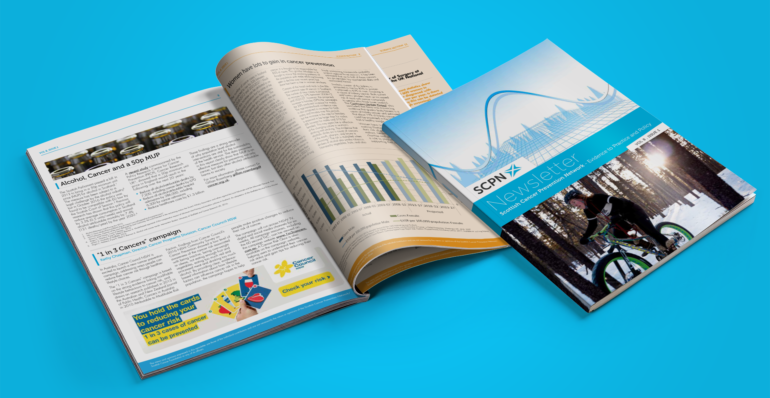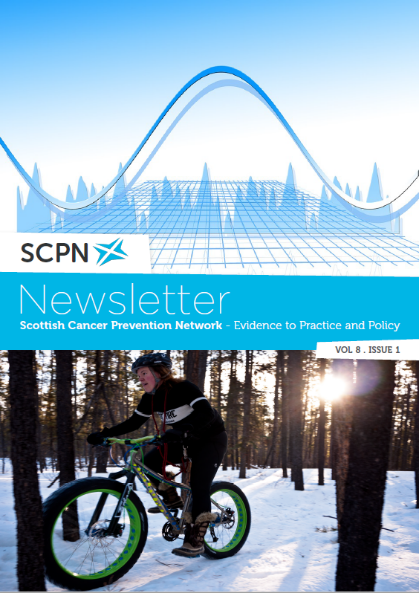
Cancer and Lifestyle – Research Roundup 8.1

14 Mar 17 |
Physical activity communication between oncology providers and patients with early stage breast, colon and or prostate cancer
Nyrop KA et al. Cancer (2016) Volume 122, Issue 3, Pages 470–476 http://onlinelibrary.wiley.com/doi/10.1002/cncr.29786/full
We all know that physical activity is good but how often is this endorsed by health care staff? A recent study from the USA analysed 361 verbal communications between patients diagnosed with early stage cancer and clinical staff (doctors, nurses and assistants). The researchers then checked patient’s charts for any evidence of a physical activity communication. In total, 35% of the consultations showed an indication that physical activity had been mentioned. Medical Oncologists were more likely to mention activity (55% of consultations) compared to other health care staff (20%). Interestingly, physical activity was more likely to be mentioned as age increased and if the patient was under surveillance having chemotherapy or endocrine treatment than during radiation treatment or surgery.
The authors conclude that it is feasible to have physical activity discussions during clinic visits but more work is needed to increase the reach. Physical activity reminders and “smart phrases” in electronic case records is one route to explore.
How good are we in Scotland at getting a conversation about the benefits and practicalities of physical activity into our NHS consultations?
Recreational physical activity and risk of triple negative breast cancer in the Californian Teachers study
Ma H et al. BMC Breast Cancer Research (June 2016) http://breast-cancer-research.biomedcentral.com/articles/10.1186/s13058-016-0723-3
During 1995 and 1996 female Californian teachers aged 22 to 79 with no history of breast cancer were invited to complete a baseline questionnaire which collected detailed information on physical activity. Participants filled out a follow up questionnaire in 2005 to 2008. By 2012, 5882 women were diagnosed with invasive breast cancer. Women who engaged in strenuous recreational physical activity (at baseline or follow up) were less likely to have invasive cancer – notably in women with triple negative cancer who were former users of HRT at baseline. Women who consistently maintained high levels of strenuous activity (>3.51 h/week/year) had the lowest risk of breast cancer.
A reminder that it’s never too late to start getting active and making some of those moderate minutes more intense.
Wholegrain consumption and risk of cardiovascular disease, cancer and all cause and cause specific mortality: systematic review and dose-response meta-analysis of prospective studies
Aune D et al. BMJ (2016) 353:i2716 http://www.bmj.com/content/353/bmj.i2716.long
It is not possible to do long term (maybe even life time) intervention studies of diet and cancer risk so we rely heavily on observational data. This study pooled the results from 45 studies so it as robust as they come in this field.
The authors report that the relative risk of coronary heart disease, stroke and cardiovascular disease was significantly reduced per three servings of wholegrains per day (90g/day). In studies involving 640065 patients, total cancer risk was significantly decreased (summary relative risk was 0.87, (CI 0.83 to 0.92) per 90g of wholegrains per day) as was all cause mortality. Reductions in disease risk were observed up to 210 to 225g of wholegrains per day. It is also notable that there was little evidence of an association between refined grains (white bread, white rice) and positive health outcomes.
The government recently changed our national recommendations to increase dietary fibre intake to 30g per day. Start with wholegrain cereals. Three servings of wholegrains equal two slices wholegrain bread plus a bowl of cereal… Add in wholemeal pasta, brown rice, barley and life starts to look good! For more information see our twitter campaign #WholegrainsForHealth and our #SoupOnSaturday recipes https://www.cancerpreventionscotland.org.uk/campaigns/souperfreshstart/
This article was originally published in The SCPN Newsletter Volume 8, Issue 1. Read the digital newsletter below using Issuu, or feel free to download the PDF.
View the PDF
The SCPN Newsletter: Volume 8, Issue 1
This issue has a brand new look and feel. We listened to feedback from our annual survey that indicated an appetite for more science in our newsletter (especially research taking place in Scotland), examples of good practice and more of a public health dimension. We have grouped these themes together and colour coded the science section orange for easy access.